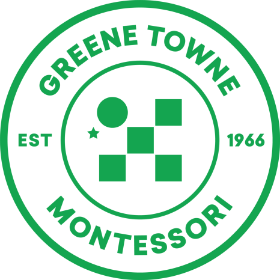Ms. Michelle: November 2022
“What the hand does, the mind remembers.” Dr. Maria Montessori The Montessori classroom is referred to as the prepared environment. Every aspect of the classroom has a purpose, and even the adults undergo training before entering the environment. Maria Montessori refers to this as the “Spiritual Preparation of the Teacher.” The room design, size and […]

“What the hand does, the mind remembers.”
Dr. Maria Montessori
The Montessori classroom is referred to as the prepared environment. Every aspect of the classroom has a purpose, and even the adults undergo training before entering the environment. Maria Montessori refers to this as the “Spiritual Preparation of the Teacher.” The room design, size and placement of furniture and rugs, set up of cozy corners, arrangement of plants, and selection of colors is strategic and thoughtful. A teacher, along with their team will set up the room, change it several times, move a table two inches to the left, move the Circle rug a centimeter to the right, and shift plants until it feels complete. Once the children explore the room, observations help to make slight changes in order to allow for independence and a successful flow. The materials in a Montessori Environment are also selected and created with intention. They should be
- Well-Designed: The materials should be attractive, inviting, complete, durable, and safe.
- Useful: The materials should have an isolated purpose. They should enhance and enrich the existing curriculum.
- Developmentally Appropriate: The materials should allow children to feel successful. They should be able to take if from the shelf, work on it, and return it without unnecessary assistance. They should be self-contained and self-teaching.
- Multi-Sensorial: The materials should be hands on and allow the children to experience the work through multiple senses (sight, taste, smell, hear, & touch), providing multiple avenues for receiving the information.
Montessori Letter Work
In a Montessori environment, letters are presented to the children in lowercase form, identified by their phonetic sound, and presented as a nomenclature work. Just as an apple is an apple, an s is a “ss,” an a is an “ahh,” an m is a “mm,” and so on. This approach may seem mundane or minute, but it is a beneficial tool in the preparation for reading and writing. Think about reading your favorite book, an important email, a news article, or text from a friend. ARE THE WORDS THAT YOU READ MOSTLY WRITTEN LIKE THIS, WITH UPPERCASE LETTERS or are they mostly written with lowercase letters? Unless your friend is experiencing intense emotions, I bet what you are reading consists mostly of lowercase letters. This is why children are introduced to letters in the lowercase form, because educators want to set them up for success when it comes to reading. Also, think of this word: Montessori. How did it sound in your head?
- em-oh-en-tee- ess-ess-oh-arr-eye
or
- mm-ah-nn-t-eh-ss–ss-ah-rr-i
The first is the name of each letter and the second is the phonetic sound of each letter. Identifying letters by their phonetic sounds will help children to sound out words. This is a more practical way to approach reading, and another way to set children up for success.
The children can explore letter work through the materials found on the Language shelf. Each of the materials below are multi-sensorial and allow the children to absorb the information through their visual, auditory, and tactile senses; and they also build muscle memory.
- The basket of sounds allows children to feel how each letter is shaped. They can grab them with one hand or both hands, or feel that the o can fit onto their arm like a bracelet.
- Sandpaper Letters are rough letters that allow a child to trace them and feel the letter. They trace the letter using two fingers, mirroring the motion of writing the letter.
- Gluing Beans On A Letter, which allows the child to create the shape of a letter while strengthening their pincer grip and building a foundation for writing
The letters are introduced by the Three Period Lesson.
- Period 1: Nomenclature
- Point to each object and give its name
- When giving a lesson or working with children, Adults are mindful on giving a clear crisp sound to each letter rather than adding any additions, like “t” for t and “p” for p instead of “tuh” or “puh.”
- “This is…”
- Point to each object and give its name
- Period 2: Association/Recognition
- Ask the child to pick an object out of the group
- “Show me…”
- Period 3: Recall
- Point to the object and ask for its name.
- “What is this?”
As the children begin to identify the letters by their phonetical sounds, the The Initial Sound Tray is introduced. The initial sound tray contains a sandpaper letter along with a basket of objects that begin with the sound of the sandpaper letter. If the initial sound is h, the basket of objects might include a hamster, hedgehog, helmet, hat, hermit crab, heart, etc. If the initial sound is c, the basket of objects might include a carrot, car, camel, caterpillar, cupcake, cat, etc. The basket would not contain a chair, clip, crayon, cymbal, etc. because the double consonants create a new sound rather than a strong crisp, “cc.”
Book Recommendation: Montessori letter work
This book presents letters in a similar way like we do in the classroom, along with an image that begins with the sound, mirroring the initial sound tray. The letters in the book are similar to the sandpaper letters in that they are grainy and provide tactile stimulation. I highly recommend this book. If you decide to buy this for your child, it might be best waiting until Winter Break to give it to them.
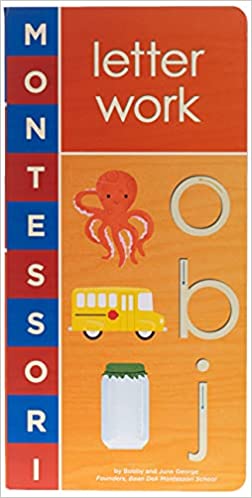
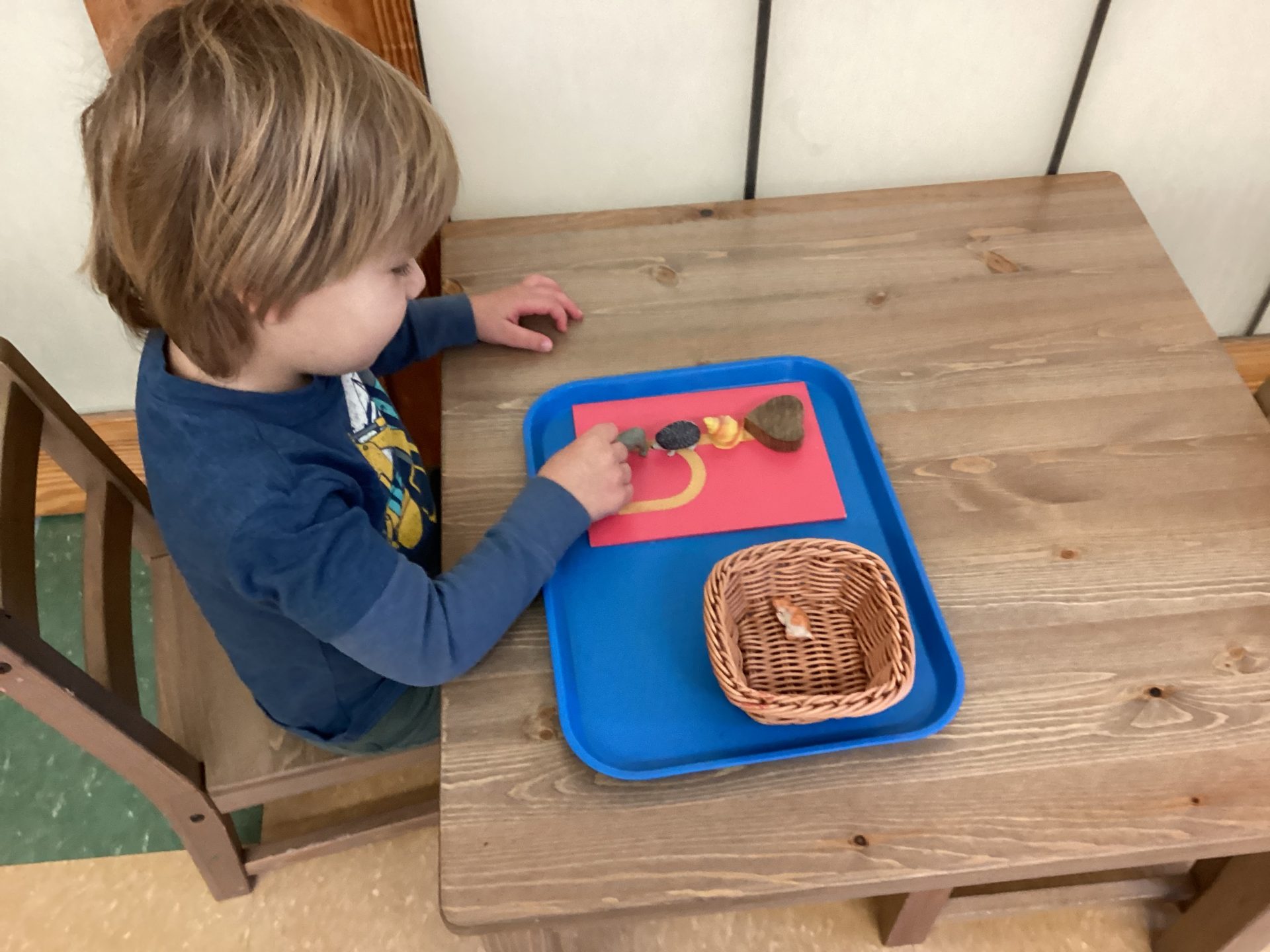
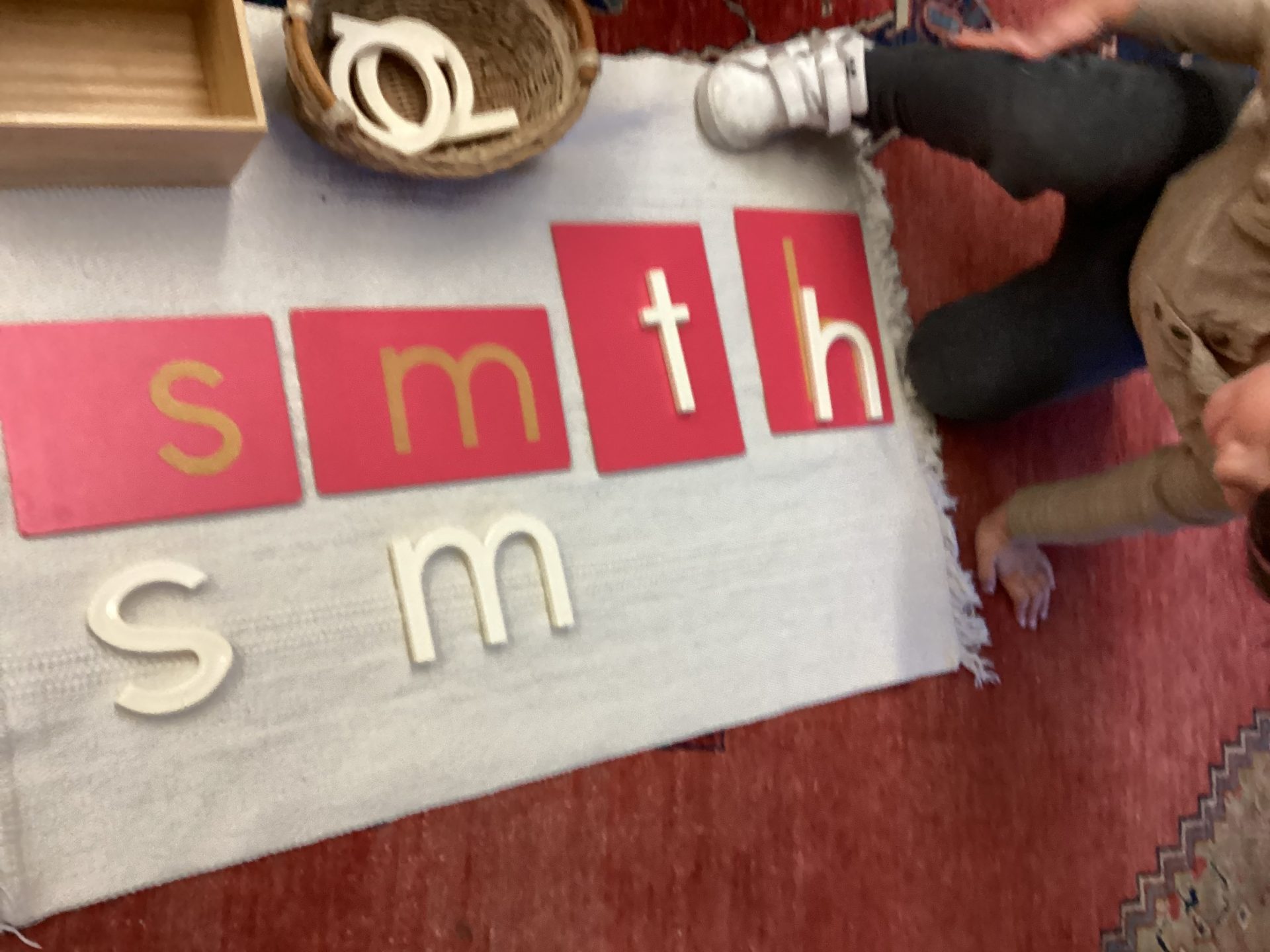

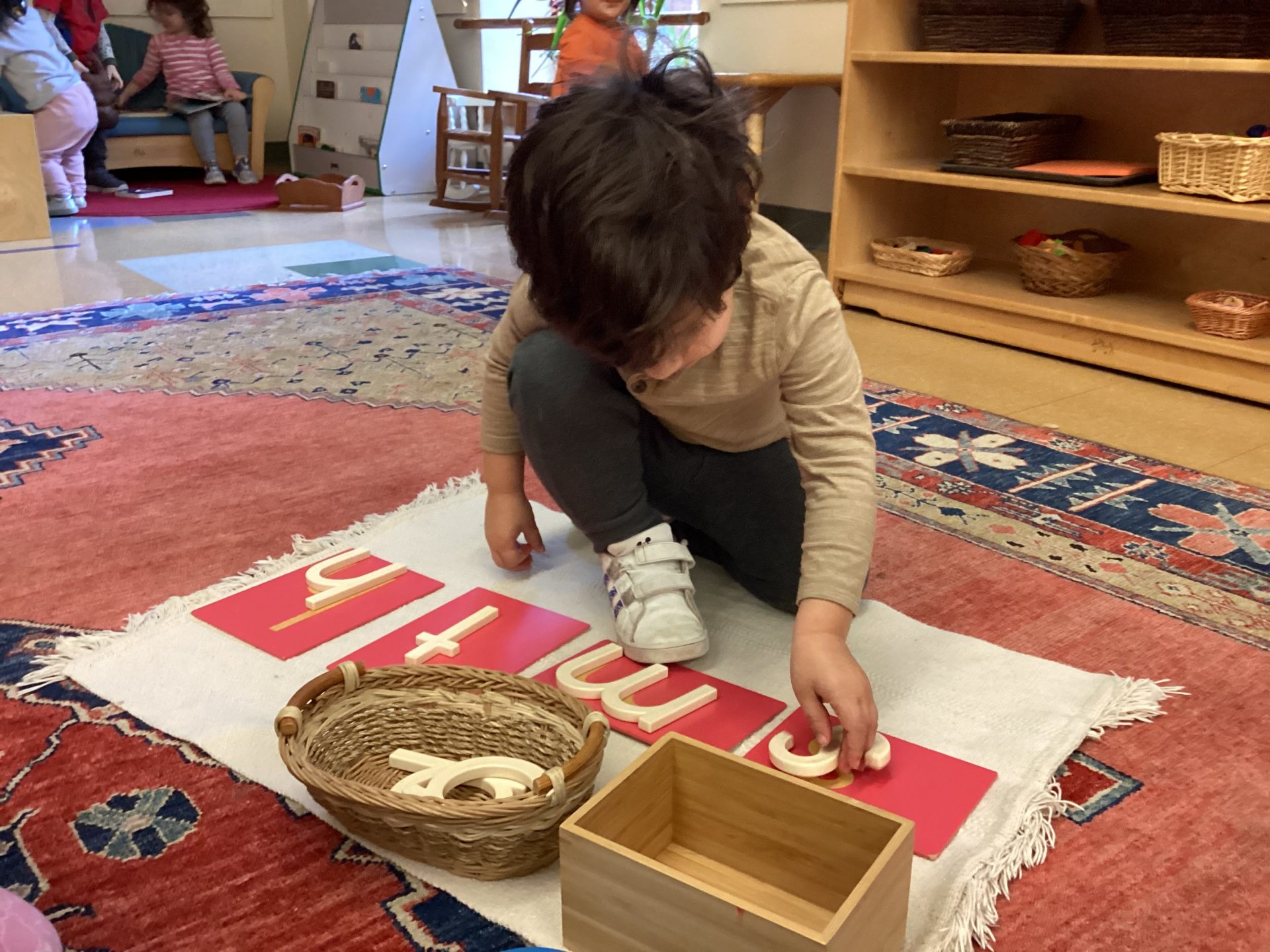
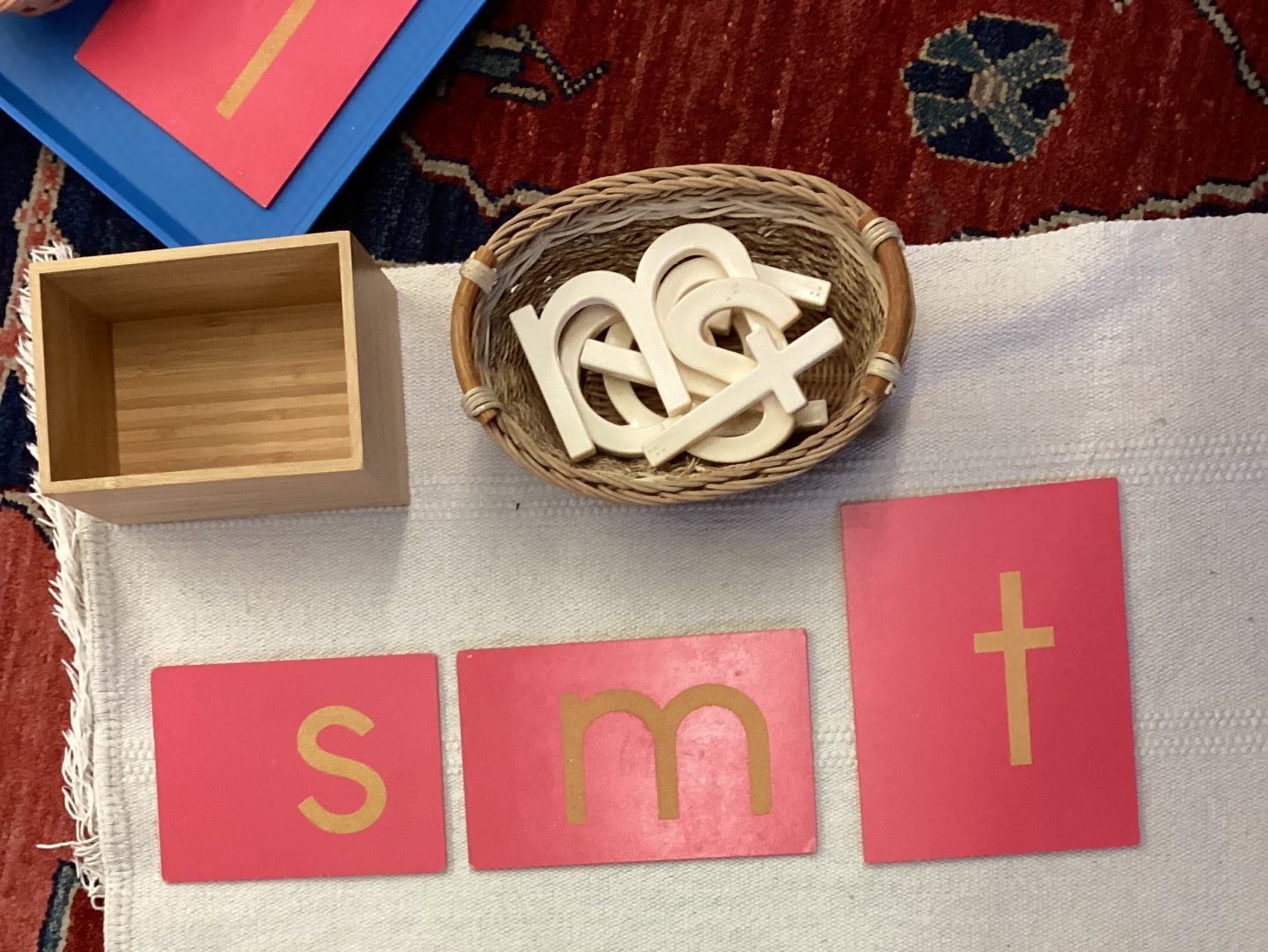
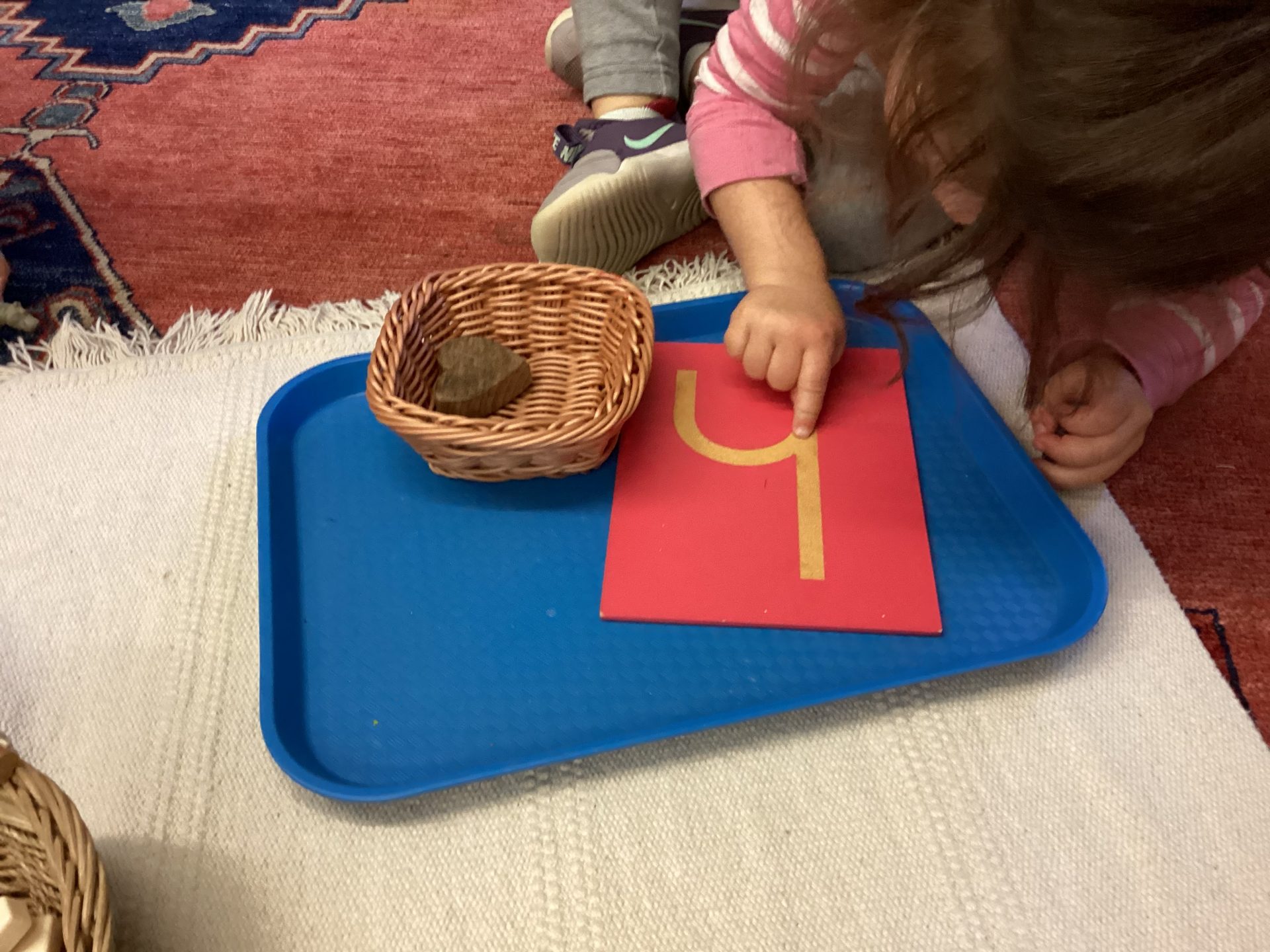

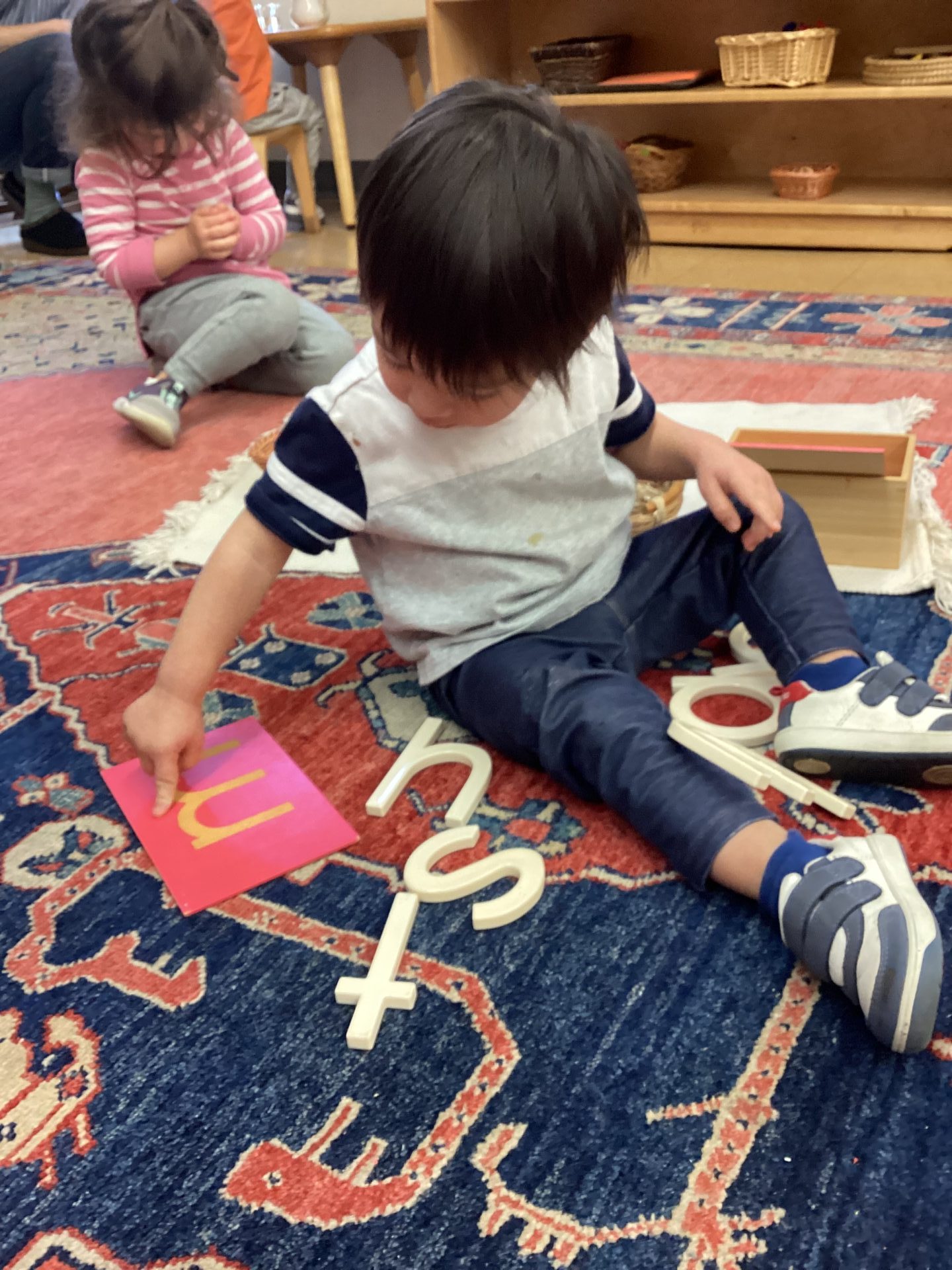
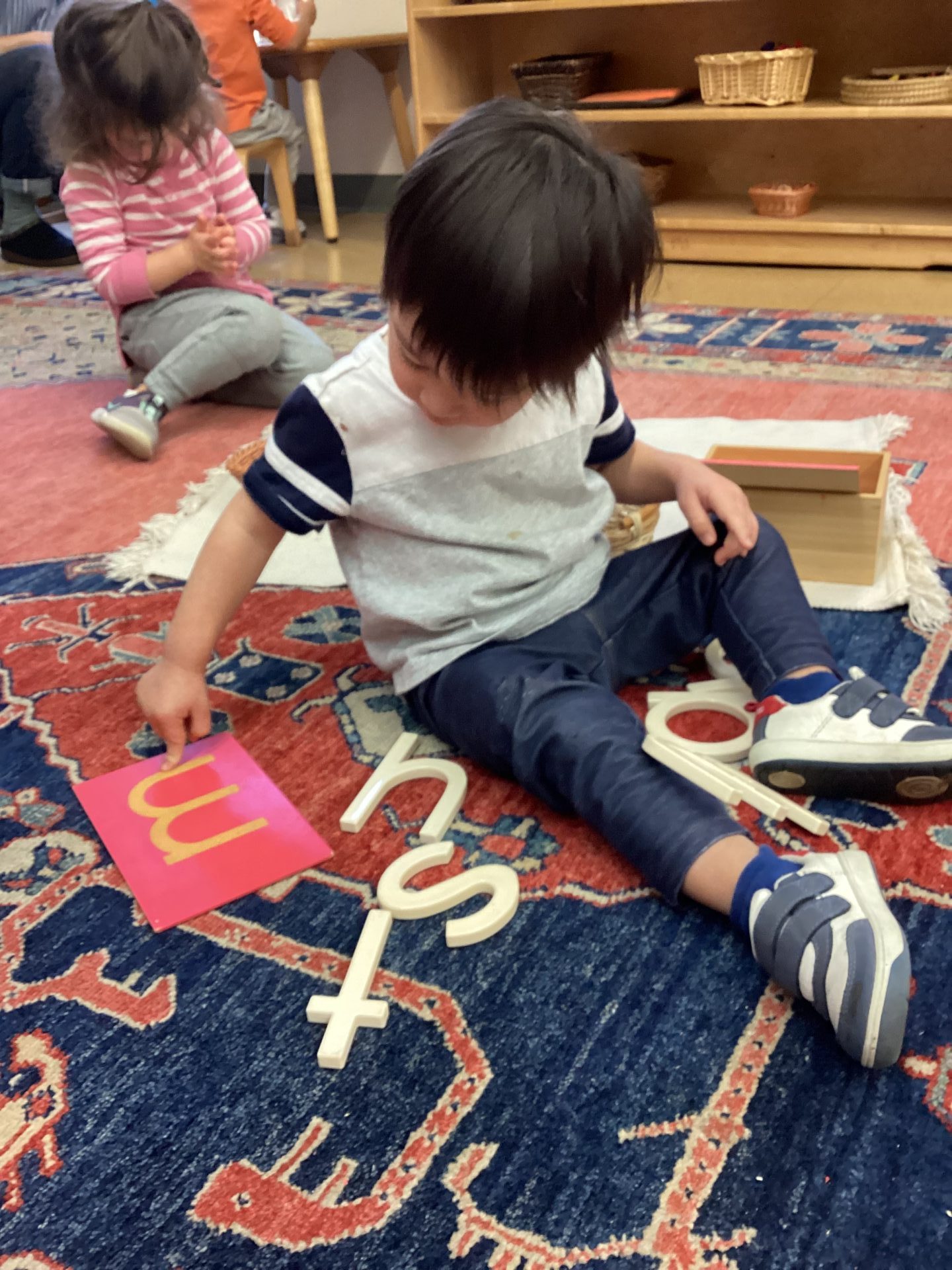
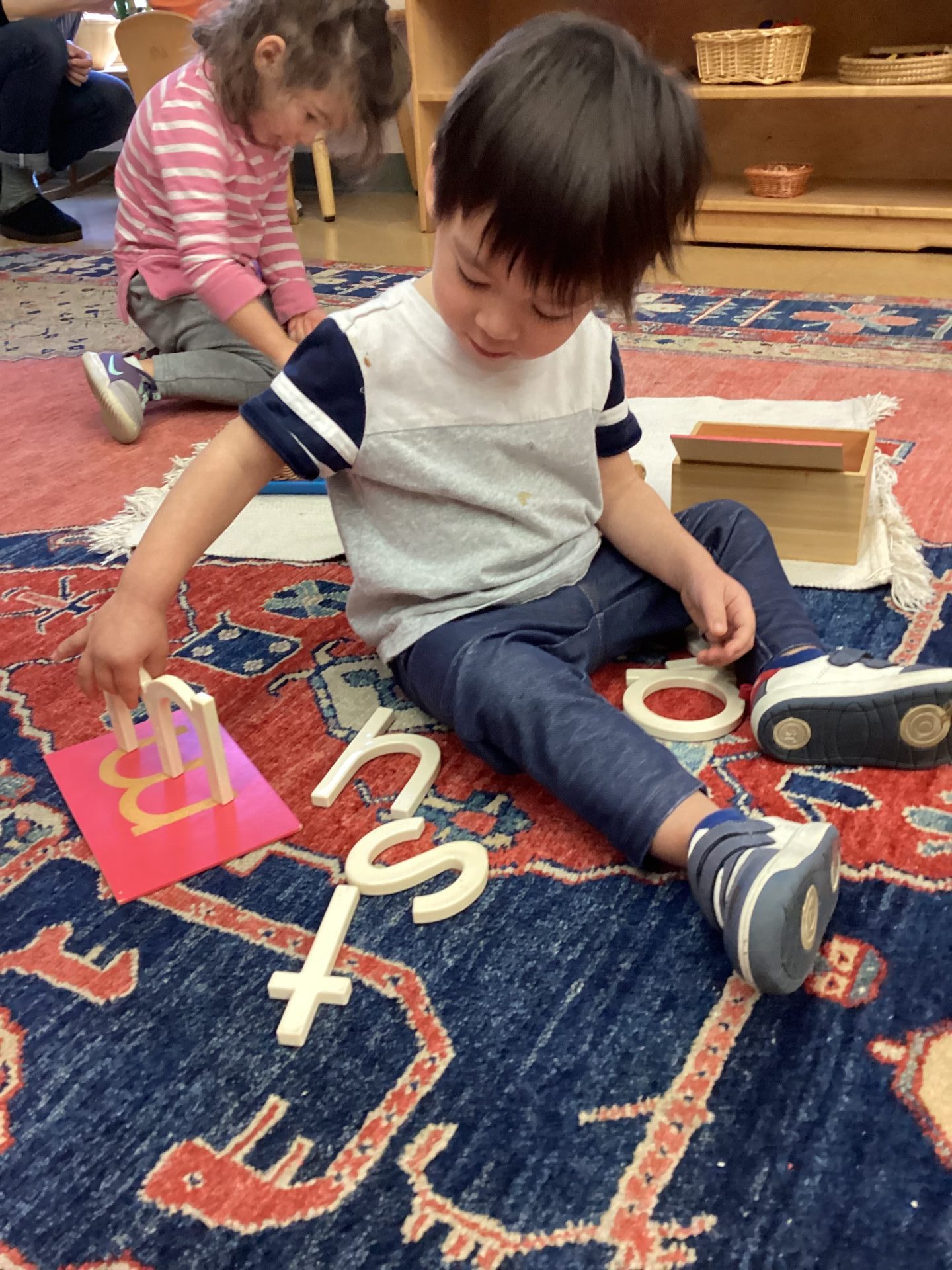

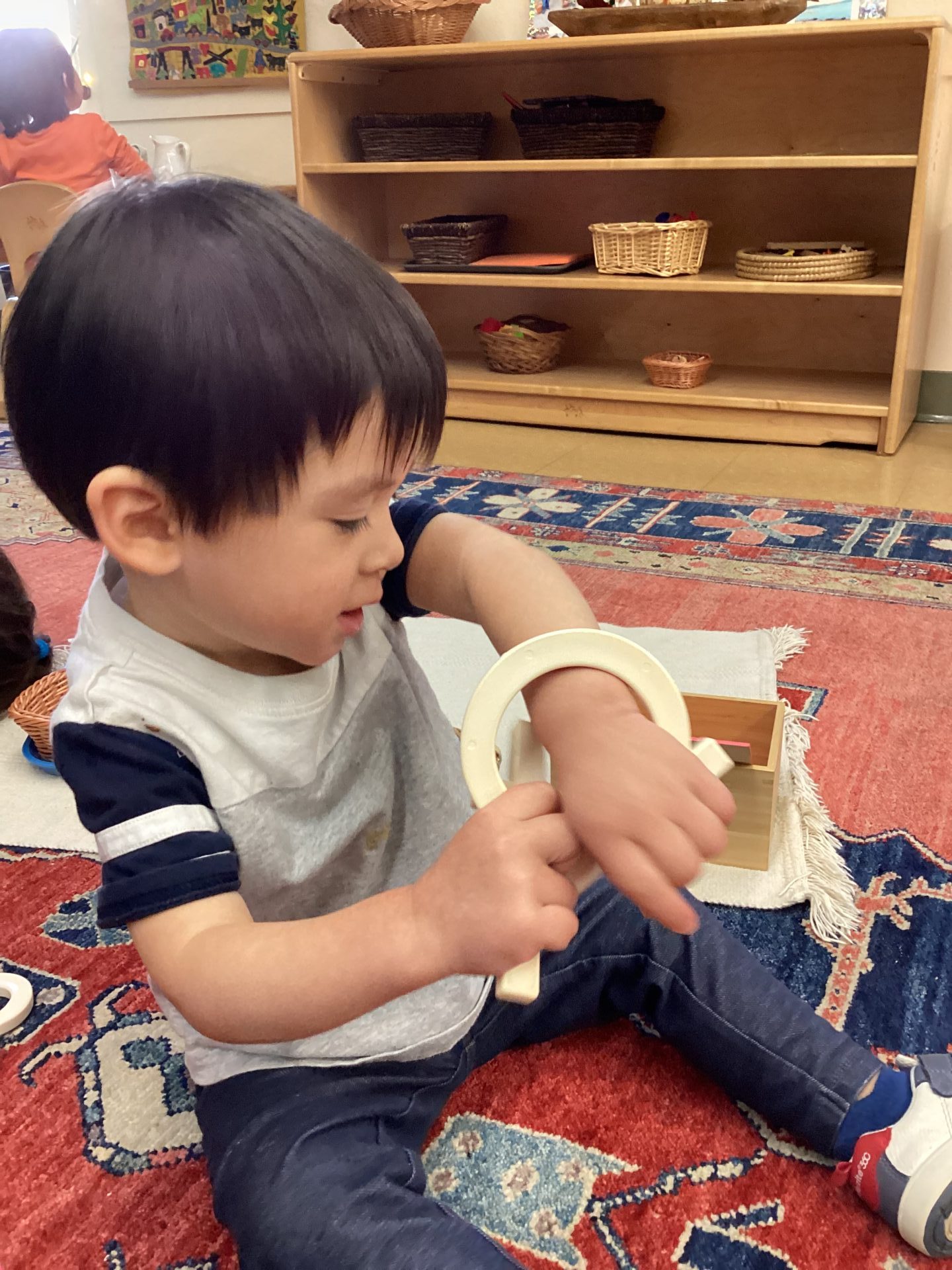
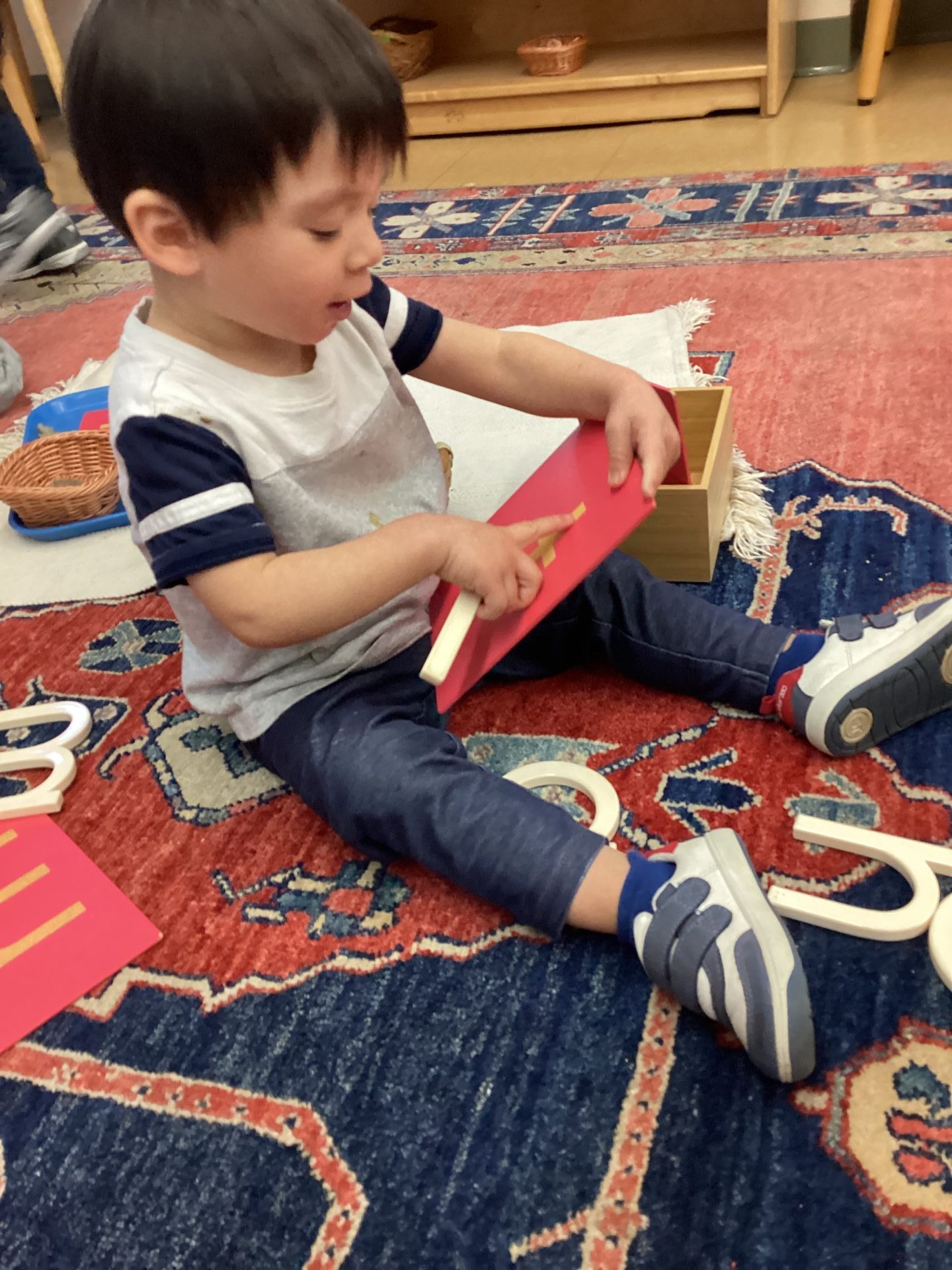
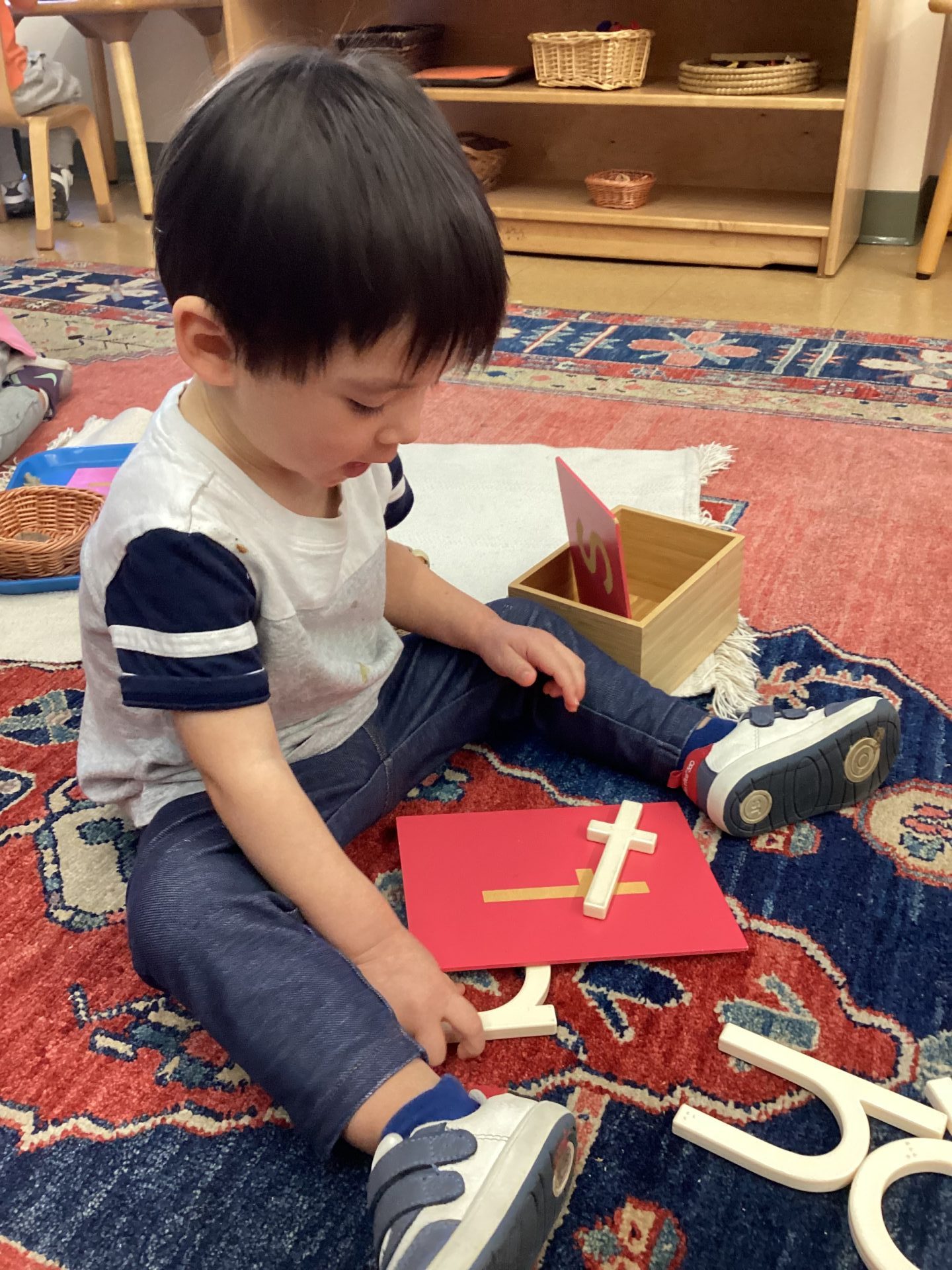
Upcoming Dates
- Friday, December 16th: Last day of school before Winter Break
- Tuesday, January 3rd: Return to School
Monarch Community: A Look Into the Sensitive Periods In A Toddler Environment (April 2024)
Read More